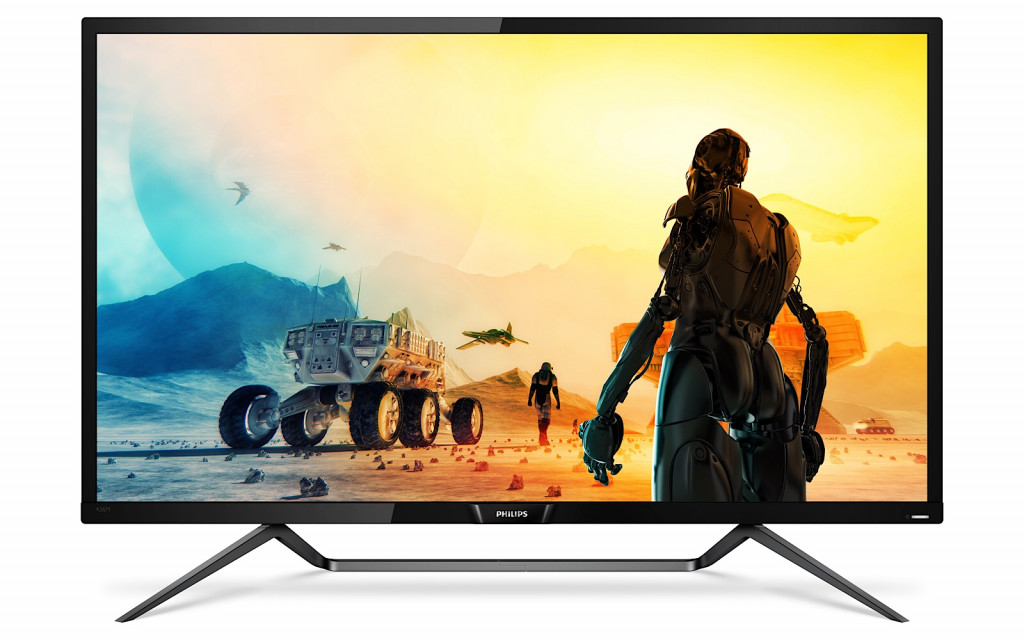Your regular desktop monitor mightn’t do pictures and video as well as other devices, and as phones, but thanks to some new developments, that could change. As long as you change your screen.
With the change of photographic and video equipment for how we capture the world should also come the change of how we view it.
Take phones and TVs, for instance: many now support High-Dynamic Range displays, a technology more commonly known as “HDR” which displays a greater understanding of the captured colour by rendering more on screen alongside darks.
More and more images and videos are captured in HDR these days, and so it affects what we see. If you’ve bought a phone in the last couple of years, you likely capture images in HDR, and it very well likely makes those images pop more, while filmmakers are beginning to use modern filmmaking cameras, and editing and colour grading suites to make HDR something you can find through Netflix, 4K Apple TV, and 4K Blu-rays.
But it may not just live on a phone or a TV. In fact, as technology improves on computers, the idea of better screens is coming to where you work.
For Philips, that starts with a 43 inch display the company is bringing to desks looking for a little more oomph from their monitors.
This week, the company announced that Philips screens would be returning to the desktop for a new outing, as it announced a 4K display supporting the HDR1000 standard, making it capable of showing that wide range of colour from sources. That makes it particularly interesting if you’re a creator, handy if you happen to be working on a film and are trying to deliver the colour pop HDR delivers.
Called the “Philips Momentum 436M6VBPAB”, it has about the most garbled name you could possibly imagine, and there is no reason you should ever possibly say it out loud, unless you were to walk into a store and hope the clerk knew what you were talking about first hand (they probably won’t).
However, if you were to describe it as “that Philips 43 inch monitor that rang 4K and HDR”, they might have some semblance of a clue.
And if you told them it was the one that glowed at the back, it might give a second clue, because Philips’ Momentum screen supports the Philips Ambiglow technology, allowing the colour from the screen to bleed out the back, similar to what Philips’ Hue Sync does, but on a screen instead of needing Hue lightbulbs.

The 4K technology is also there, sporting the Ultra HD widescreen version of 4K that is 3840×2160, and there’s support for multiple ports as well, including HDMI 2.0, DisplayPort, and even USB Type C.
It even supports the quantum dot technology of TVs to hone the colours and produce more vibrancy, and that suggests Philips screen may actually be more TV than monitor.
However, there’s also one more indication that may not be true: simultaneous input, supporting two input views so two devices — two computers, or maybe a phone and a computer — can be connected at once.
You’ll find the Philips Momentum 436M6VBPAB in stores soon, grabbing a local price of $1399, and likely confused looks if you try to say its model number with a straight face.








